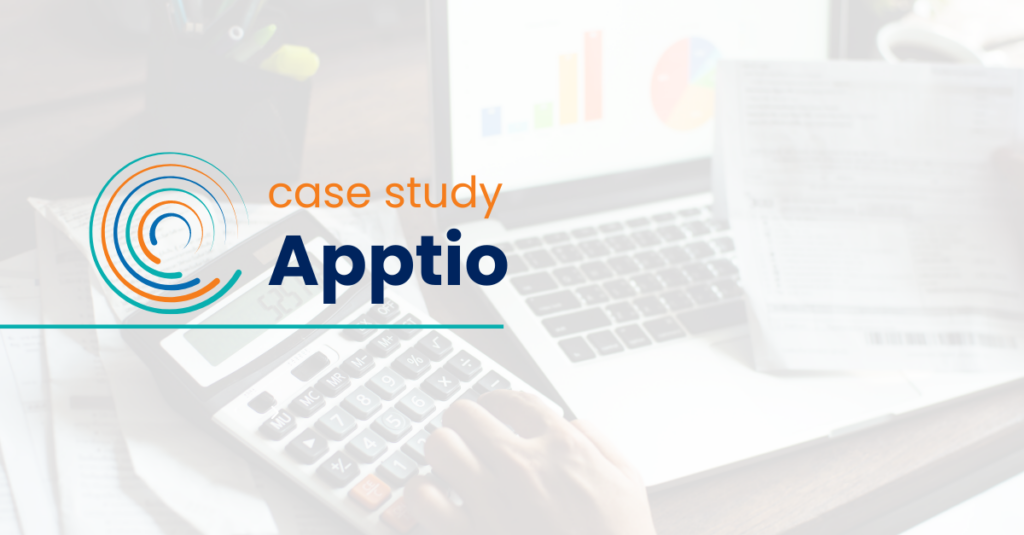Privacy and Security Updates and Chrome Cookie Regulations: Audit Your Tech Stack to Stay Compliant
In the ever-evolving landscape of privacy and security regulations, businesses must stay vigilant to ensure compliance with the latest standards. One recent development that has garnered significant attention is the new Chrome cookie regulations. While this update may sound scary to marketers (how will we track our customers? Know their likes and dislikes? What drives them through the pipeline?), there are tools out there that can help.
That being said, let’s dive into how you can audit your tech stack to meet new privacy and security updates and the latest Chrome cookie regulations.
Understanding Chrome Cookie Regulations
Google’s Chrome browser has implemented new regulations regarding the use of cookies, particularly third-party cookies. These regulations aim to enhance user privacy by limiting the tracking capabilities of third-party cookies across websites. Businesses that rely on cookies for tracking and analytics must adapt to these changes to remain compliant and maintain user trust.
Take Inventory of Your Tech Stack and Assess Cookie Usage
Create a comprehensive inventory of your tech stack. List all software, applications, databases, and hardware components your organization uses.
Include details such as:.
- Purpose
- Vendor / Partner
- Version Number
Because of the new Google Chrome cookie regulations, it’s important to assess the usage of cookies in your tech stack. Identify all instances where cookies are used, including first-party and third-party cookies. Evaluate the purpose of each cookie and whether it is essential for your business to operate or if it’s used for tracking or analytics purposes.
Map Data Flows and Collection
Map out how data flows through your tech stack. Identify where sensitive data is collected, processed, stored, and transmitted. This will help you understand potential vulnerabilities and areas where privacy or security updates may be needed.
Ensure that you have proper consent mechanisms in place for collecting user data and that data handling practices comply with privacy regulations such as General Data Protection Regulation (GDPR) and the California Consumer Privacy Act (CCPA).
- GDPR: European legislation that protects personal information. It outlines several requirements businesses must follow to process that data legally.
- CCPA: Requires businesses to give consumers certain information in a “notice at collection” that lists personal information they might collect and why.
Implement Cookie Alternatives
In response to the Chrome cookie regulations, marketers should consider alternative methods for tracking and analytics that don’t rely on third-party cookies. This could include server-side tracking, first-party cookies with strict privacy controls, or using alternative tracking technologies. Work with your development team and third-party vendors to explore viable alternatives.
- Server-Side Tracking: Captures website data on a dedicated server rather than in the user’s browser.
- First-Party Cookies: When cookies are stored directly by the website rather than external trackers.
Enhance Privacy Controls
Enhance privacy controls within your tech stack to give users more transparency and control over their data. Implement features such as cookie consent banners, privacy policy updates, and user preference centers where users can manage their data preferences. Consider adopting privacy-enhancing technologies like differential privacy or federated learning to further protect user privacy.
- Cookie Consent Banners: A notice on your site that informs visitors of your use of cookies. Most require users to consent.
- Privacy Policy Updates: Update your privacy policy at least once a year and email all users to inform them of the updates.
- Differential Privacy: Describes patterns about groups of people vs providing information about specific people.
- Federated Learning: Machine learning settings focused on several factors that train a model vs machine learning settings that centrally store data.
Update Software and Firmware
Regularly update software and firmware to the latest versions. This ensures that you have the latest security patches and bug fixes. Use automated tools to manage updates and ensure that all devices are up to date.
Conduct Vulnerability Assessments
Regularly conduct vulnerability assessments and penetration testing to identify and address potential security weaknesses in your tech stack. Work with security experts to mitigate risks and implement best practices.
Document Policies and Procedures
Document your privacy and security policies and procedures. Ensure all employees are aware of these policies and receive regular training. Consider appointing a dedicated privacy or security officer to oversee compliance efforts.
Perform Regular Audits
Regularly audit your tech stack to ensure ongoing compliance with privacy and security regulations, including the new Chrome cookie regulations. This includes reviewing cookie usage, data collection practices, privacy controls, and security measures. Keep abreast of any updates or changes to regulations and adjust your practices accordingly.
Continuously monitor your marketing tech stack for any unusual activity or breaches and conduct regular audits to ensure compliance with privacy and security standards.
Conclusion
Auditing your marketing tech stack to meet new privacy and security updates, including the latest Chrome cookie regulations, is essential for maintaining compliance and user trust.
By understanding the regulations, assessing cookie usage, implementing alternatives, reviewing data collection practices, enhancing privacy controls, and conducting regular audits, you can ensure that your business remains compliant and respects user privacy.




